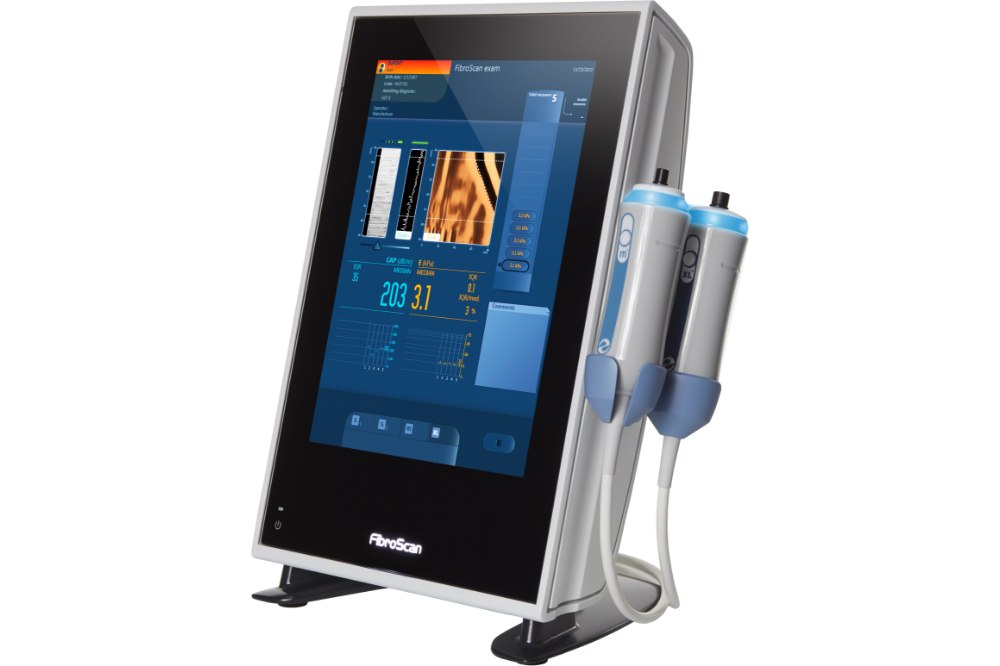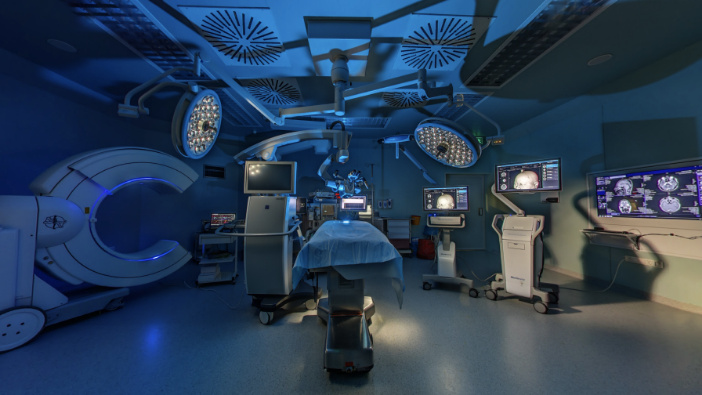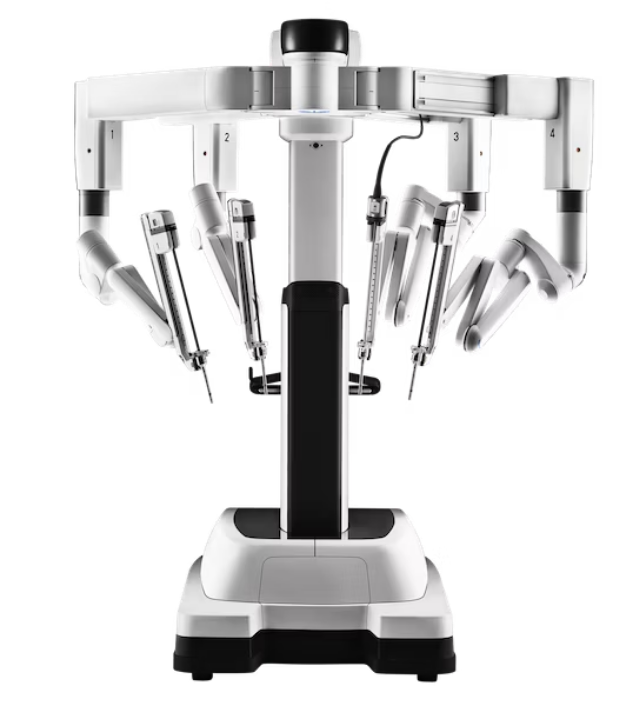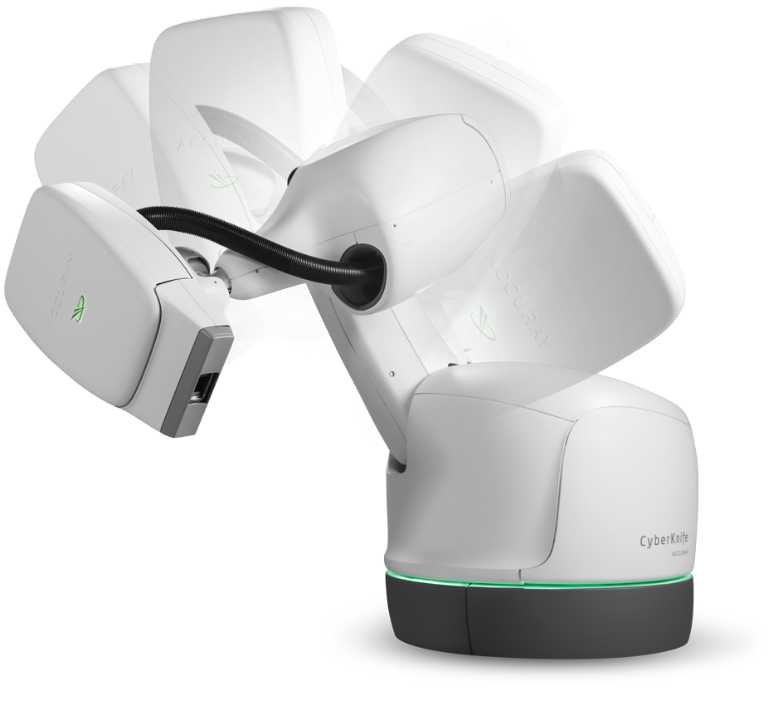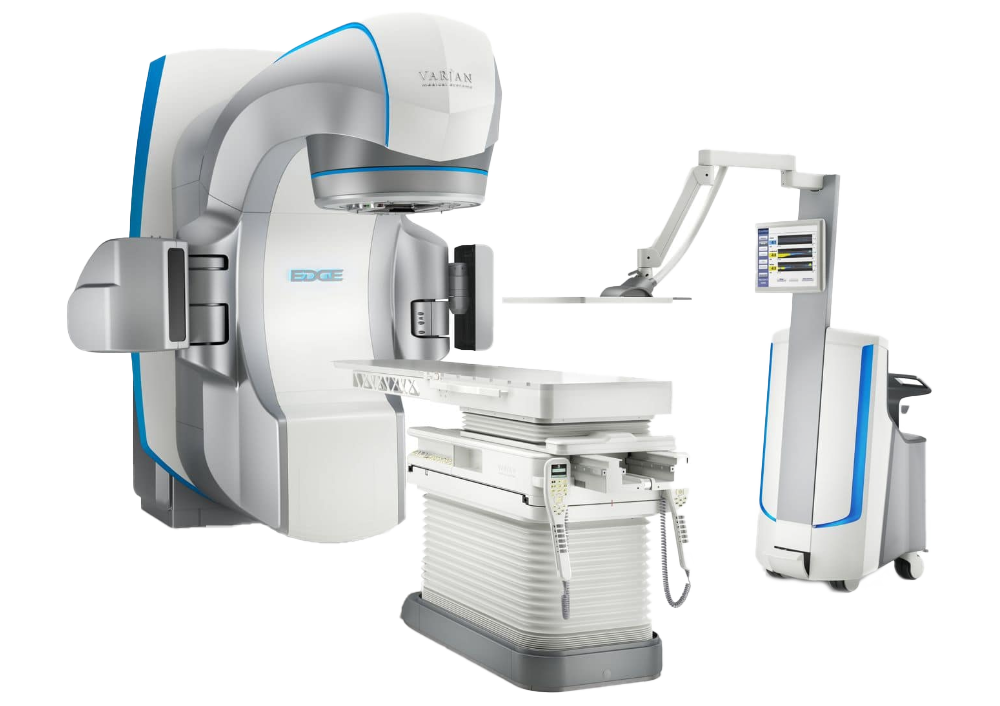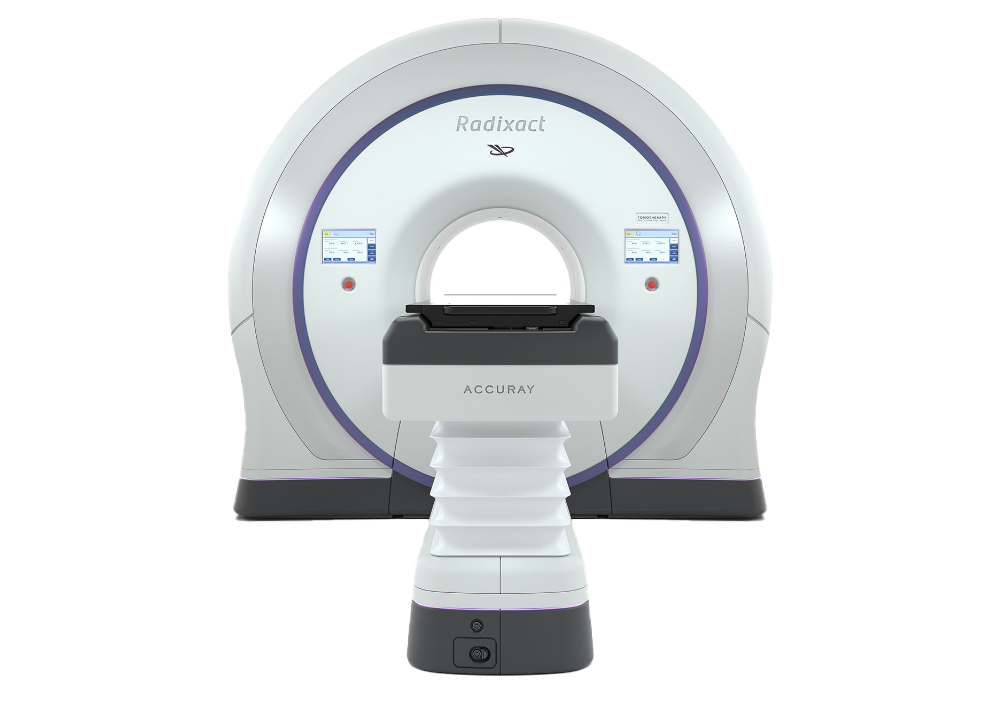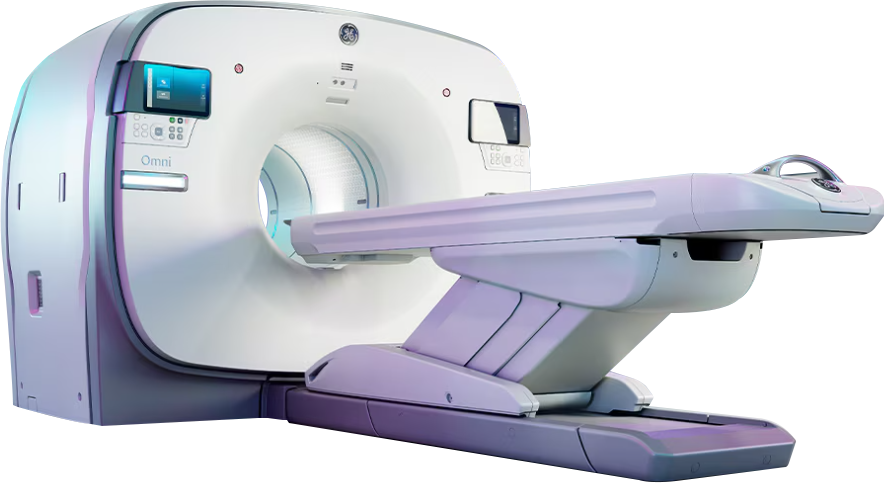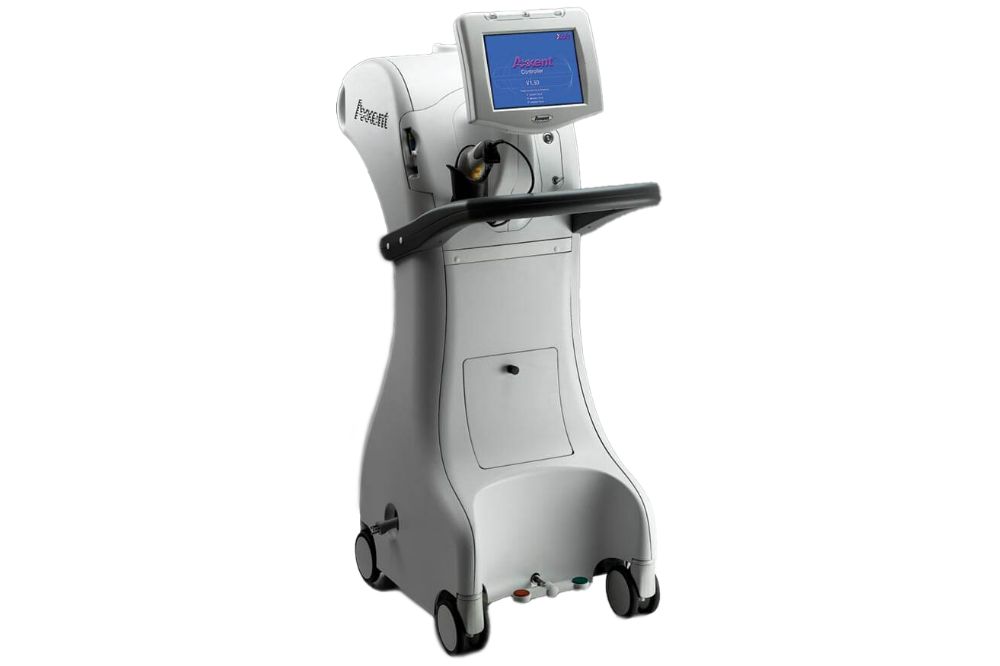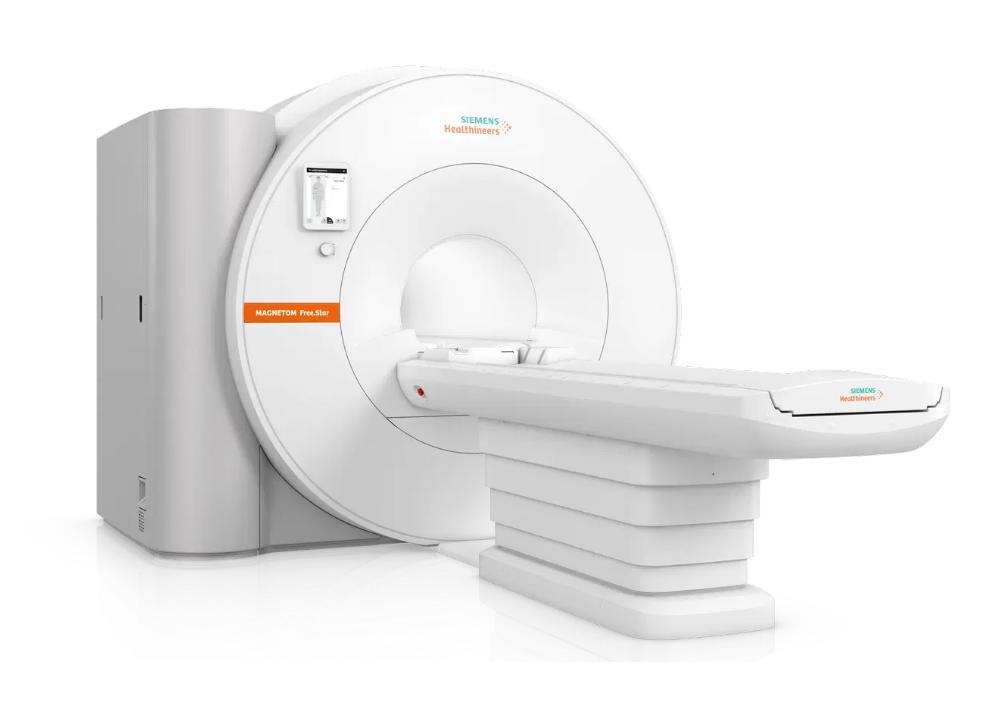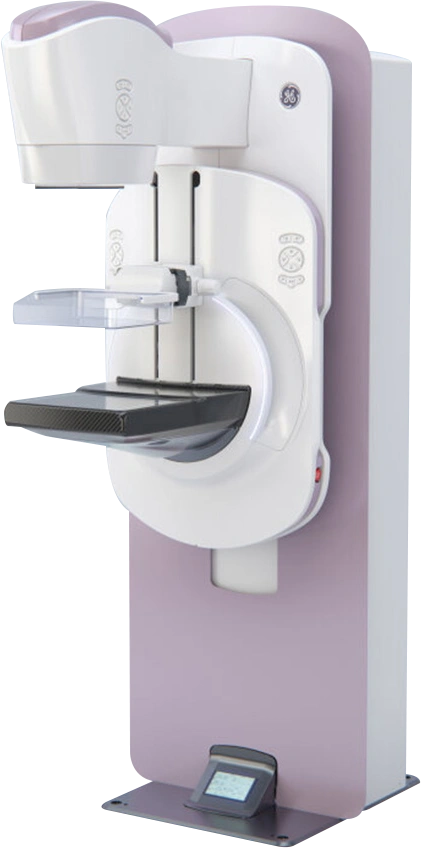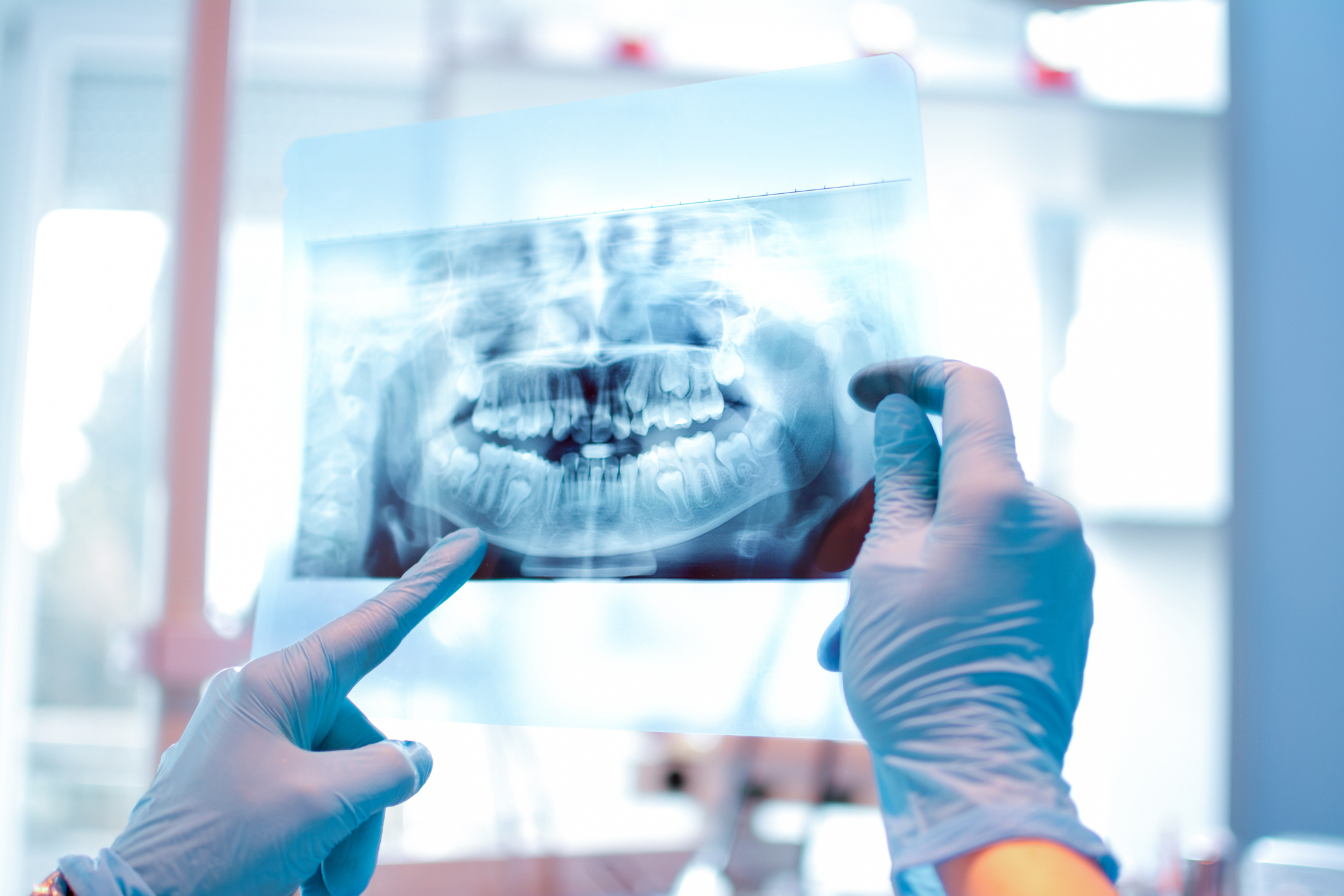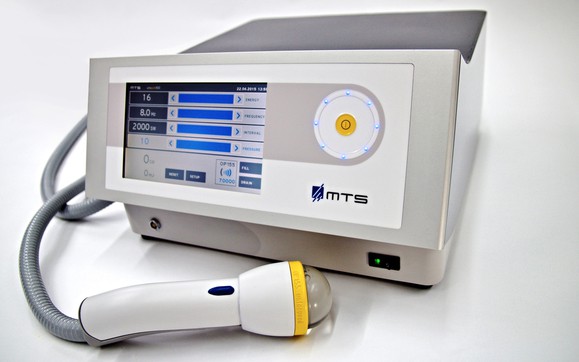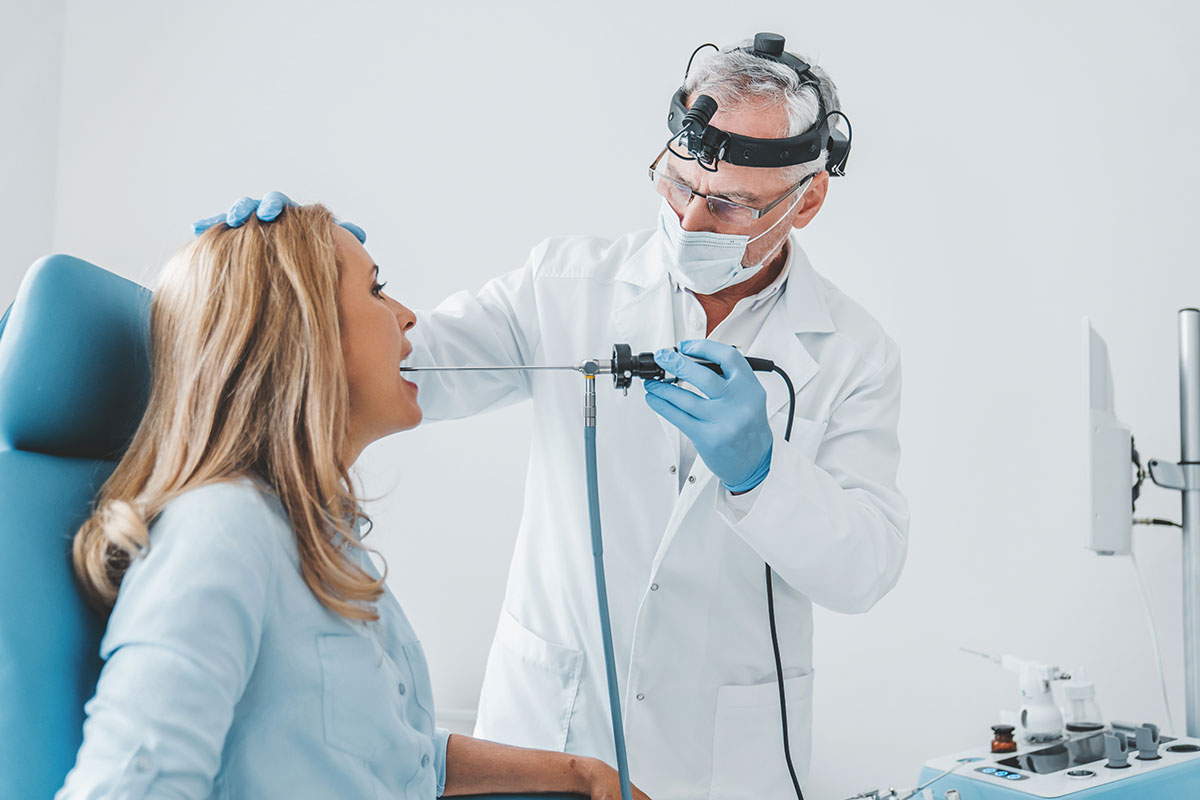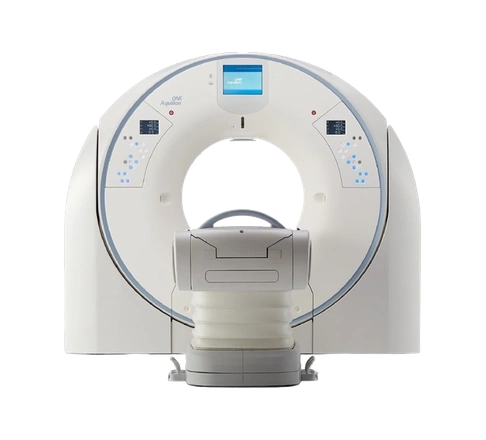Ultrasonography
Ultrasound, also known as ultrasonography, is a medical imaging technique that uses high-frequency sound waves to produce images. With advancements in technology, ultrasound devices have greatly improved, allowing for 2D, 3D, and 4D imaging, which enables more accurate diagnoses by specialists. Ultrasound is commonly used to evaluate various organs, detect tumor lesions, and monitor pregnancy. By gaining detailed information about ultrasound terms and methods, you can better understand the process.
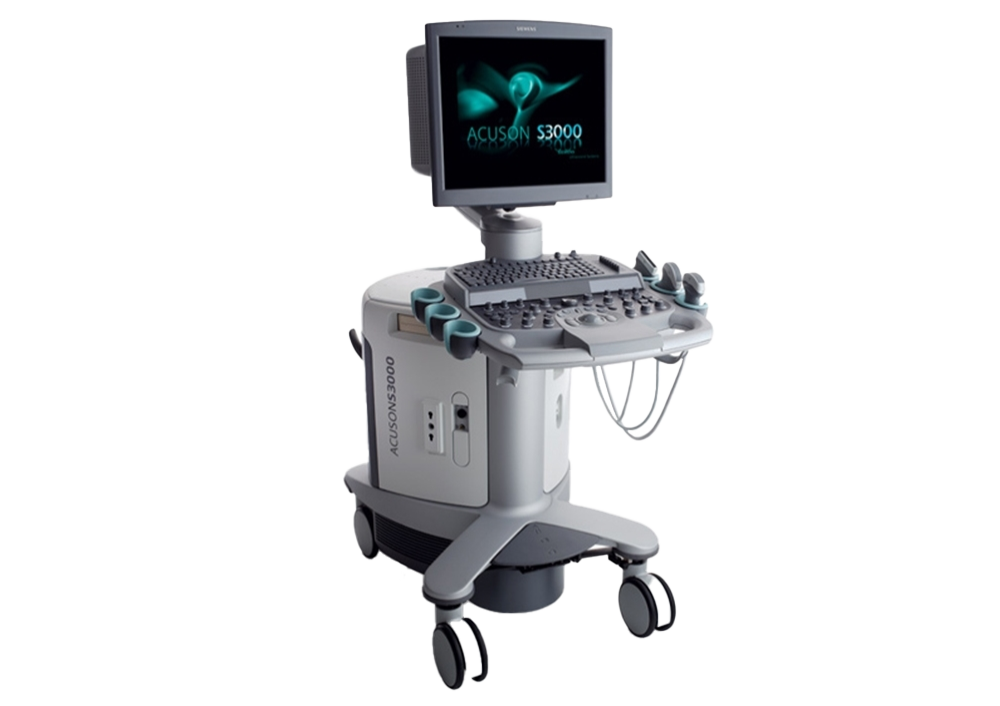
What is Ultrasound and Detailed Ultrasound?
The question of what ultrasound is often arises for those who need to undergo an ultrasound or their relatives. Ultrasound is a procedure that allows for the evaluation of organs inside the body, detection of changes, developments, and problems. This method enables easy detection of issues by allowing for a thorough observation of the current situation.
Ultrasound is also used to monitor the development of the fetus during pregnancy, observe issues in soft tissues, and diagnose problems in internal organs. Ultrasound is performed in two different ways: standard 2D ultrasound and detailed ultrasound. The most frequently asked questions about ultrasound types include what is standard ultrasound, what is detailed ultrasound, and what is detailed ultrasound. Standard ultrasound is a 2D imaging procedure performed at any time during pregnancy. Since very clear images cannot be obtained in the early months, specialists typically perform 2D ultrasound from the 16th week onward.
Detailed ultrasound is also frequently used during pregnancy. Also known as detailed ultrasound, this method provides detailed information about the baby's health and organs, allowing for a thorough monitoring of the baby's development.
Additionally, this method is used to examine cancerous tissues in organs, assess tissues, and detect the presence of any tumor masses that might exist.
What Are the Types of Ultrasound Devices?
The medical device that allows for the examination of changes in the human body that are not visible to the eye is called ultrasonography. Commonly referred to as ultrasound, this device uses sound waves at frequencies inaudible to the human ear to move through tissues. The real-time images obtained with these sound waves can be monitored via a connected monitor. The ultrasound device consists of two separate parts. The first part is the probe that comes into contact with the body and is manually controlled. The other part is the image processing unit that makes the sound waves sent by the probe visible. Ultrasound devices are classified into different types based on the quality and detail of the images they provide.
-
2D Ultrasound Device
2D ultrasound devices are primarily used for routine examinations. 2D ultrasound machines are used for general assessment and monitoring purposes. In pregnancy monitoring, 2D ultrasound devices are commonly used to easily visualize the baby's heartbeat, the position of the placenta, and the baby's umbilical cord. The images obtained from these devices are black and white. The baby's length, weight, and physical development can also be monitored with 2D ultrasound devices. Additionally, 2D ultrasound applications are the most cost-effective option in terms of ultrasound prices.
-
3D Ultrasound Device
3D ultrasound devices allow for clearer results, especially in pregnancy monitoring. The 3D ultrasound application enables detailed tracking of the baby's development at various weeks. Additionally, 3D ultrasound provides a close-up, larger, and colored image of the baby. Typically used after the 3rd month, 3D ultrasound makes it easier to understand the baby's weight, length, and volume. Since 3D ultrasound provides a detailed image of whether the baby is male or female, it facilitates gender determination.
-
4D Ultrasound Device
4D ultrasound devices are equipped with technology that allows for three-dimensional and moving images. Especially used during pregnancy, 4D ultrasound machines enable the monitoring of the baby's head, foot, and hand movements like a film from the womb. With 4D devices, in addition to determining the sex, spine development, hands, nose, skull bones, and internal organs can be viewed in great detail. This allows for planning post-birth interventions or treatments in detail if there are concerns about specific areas. Moreover, detailed ultrasound with these devices can detect certain problems in internal organs that might be missed with other types of ultrasound devices.



